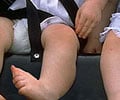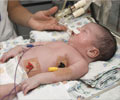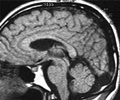Who is at risk of serious birth defects? Almost 9 out of 10 children living in low/middle-income countries are born with serious birth defects, said World Health Organization (WHO)

Global Birth Defects
Globally, an estimated 8 million newborns are born with a birth defect every year. Nine out of every 10 children born with a serious birth defect are in low and middle-income countries, said the global health body.What are Birth Defects?
The deformities are structural or functional anomalies that occur during intrauterine life.TOP INSIGHT
Nearly 9 out of 10 children living in low/middle-income countries are born with serious birth defects. Hence, on this World Birth Defects Day, let us take an extra mile to create awareness on prevention, detection and management of birth defects.
Read More..
"In the Southeast Asia region, birth defects are the third most common cause of child mortality, and the fourth most common cause of neonatal mortality, accounting for 12 percent of all neonatal deaths. Between 2010 and 2019, birth defects increased as a proportion of child mortality in the region, from 6.2 percent to 9.2 percent, and in four countries, birth defects now contribute to more than 20 percent of under-five mortality," said Poonam Khetrapal Singh, WHO Regional Director for Southeast Asia.
Singh said that birth defects contributed to at least 117,000 deaths in the region, equal to around 22 percent of the global total in 2019.
"Since 2014, WHO has supported all countries of the region to drive rapid, sustained reductions in maternal, newborn and child mortality, which has included targeted action to prevent, detect, manage and care for birth defects. All member states have initiated hospital-based birth defect surveillance and are implementing national action plans to prevent and manage birth defects," she added.
Six member states - Bangladesh, Bhutan, India, Maldives, Myanmar and Nepal - continue to support a WHO-developed online database to better track birth defects.
Source-IANS
 MEDINDIA
MEDINDIA


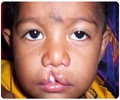
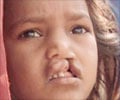
 Email
Email

